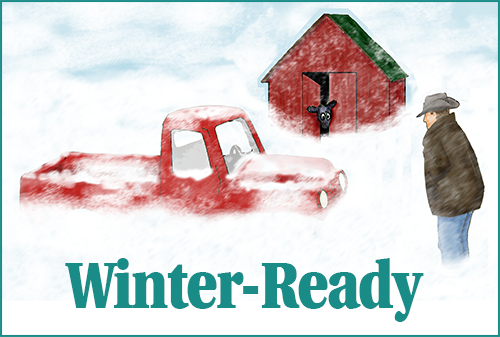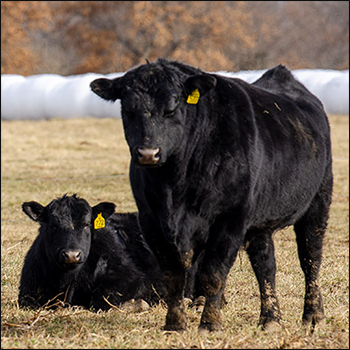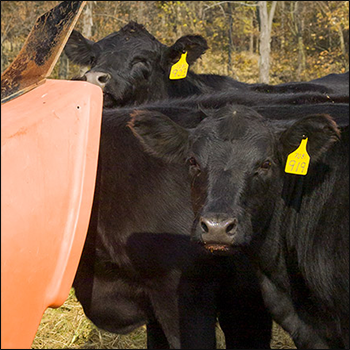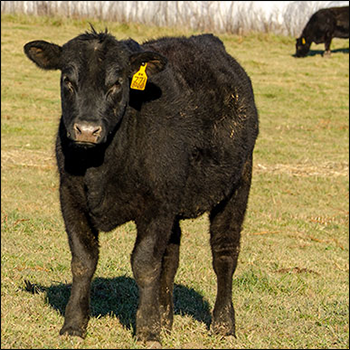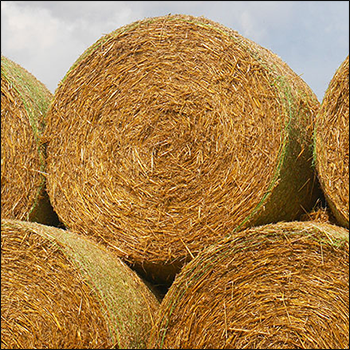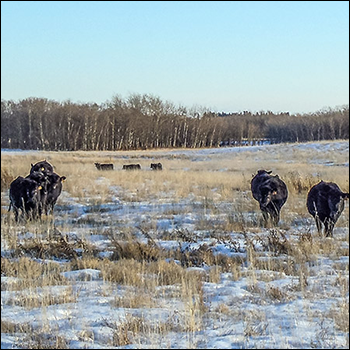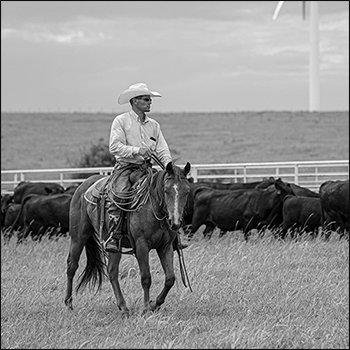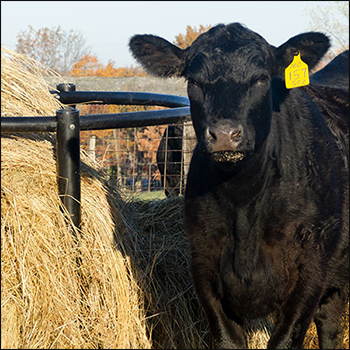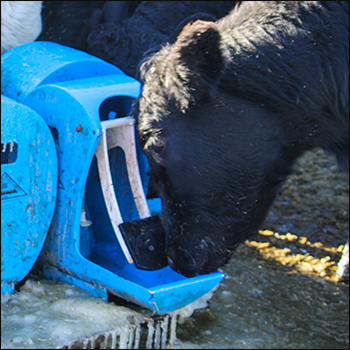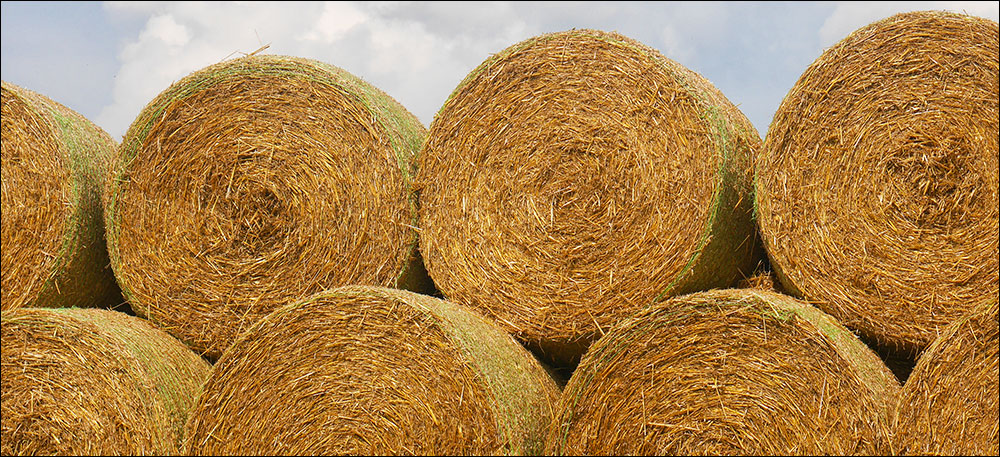
Windbreak Wisdom
Proper placement and construction of windbreaks can pay off.
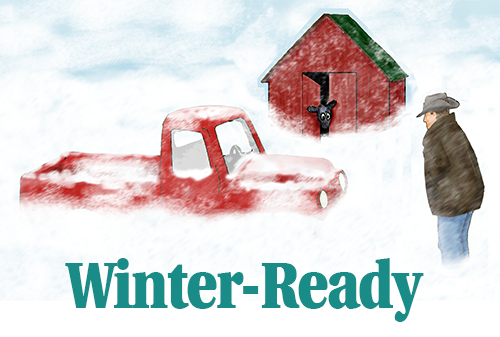
Winter is coming fast and bringing with it snow and wind. Cattle and farmsteads both can benefit from properly placed windbreaks. There are two main windbreak functions on a farm: livestock windchill protection and snow windbreaks. We’ll discuss how to use each one to its greatest benefit.
Livestock windchill protection windbreaks are built to be 20% open and 80% closed. The normal high-wind direction is the north and west of a feedlot. By allowing the windbreak to be 20% open, some air will penetrate, but its speed will be reduced by about one-fourth of the high speed. This means a 50-mph wind will feel like a 37.5 mph wind, which is much more manageable.
Snow will tend to pile up two times the height of the windbreak. A farmer using cornstalk bales to build a windbreak might build it to be 10 feet (ft.) high and have 6 ft. of solid barrier and 1.5 ft. of open space along the northwest side of the feedyard. It should be placed at least 20 ft. back from the yard for the snow area. This area should also have a natural slope to direct the spring melt water away from the yard. The protected area will be 10 times the height, which, in our case is going to be 100 ft. downwind. We would like to place the feedbunks and water in this zone, along with driveways for traffic.
Snow is always a problem in the winter, and moving it around with equipment does not add to the bottom line. Snow windbreaks are built to be 50% solid and 50% open. They will dump and drift snow for three to four times the height of the windbreak and the height of the drift will be 1.2 times the height of the windbreak. For example, if we start with a 6-ft.-high bale that’s 6-ft. wide, with a 6-ft.-wide space, this will accumulate snow for 24 ft. with a drift that will be 7.2 ft. high about 18 ft. back from the fence. With snow windbreaks, I would like to place them about six times their height away from driveways and lanes to greatly reduce the time and effort of moving snow around the farmstead. For our 6-ft. example, that means 36 ft. back from the driveway.
Editor’s note: Kris Kohl is an Iowa State University extension ag engineer. Lead photo by Getty Images.
